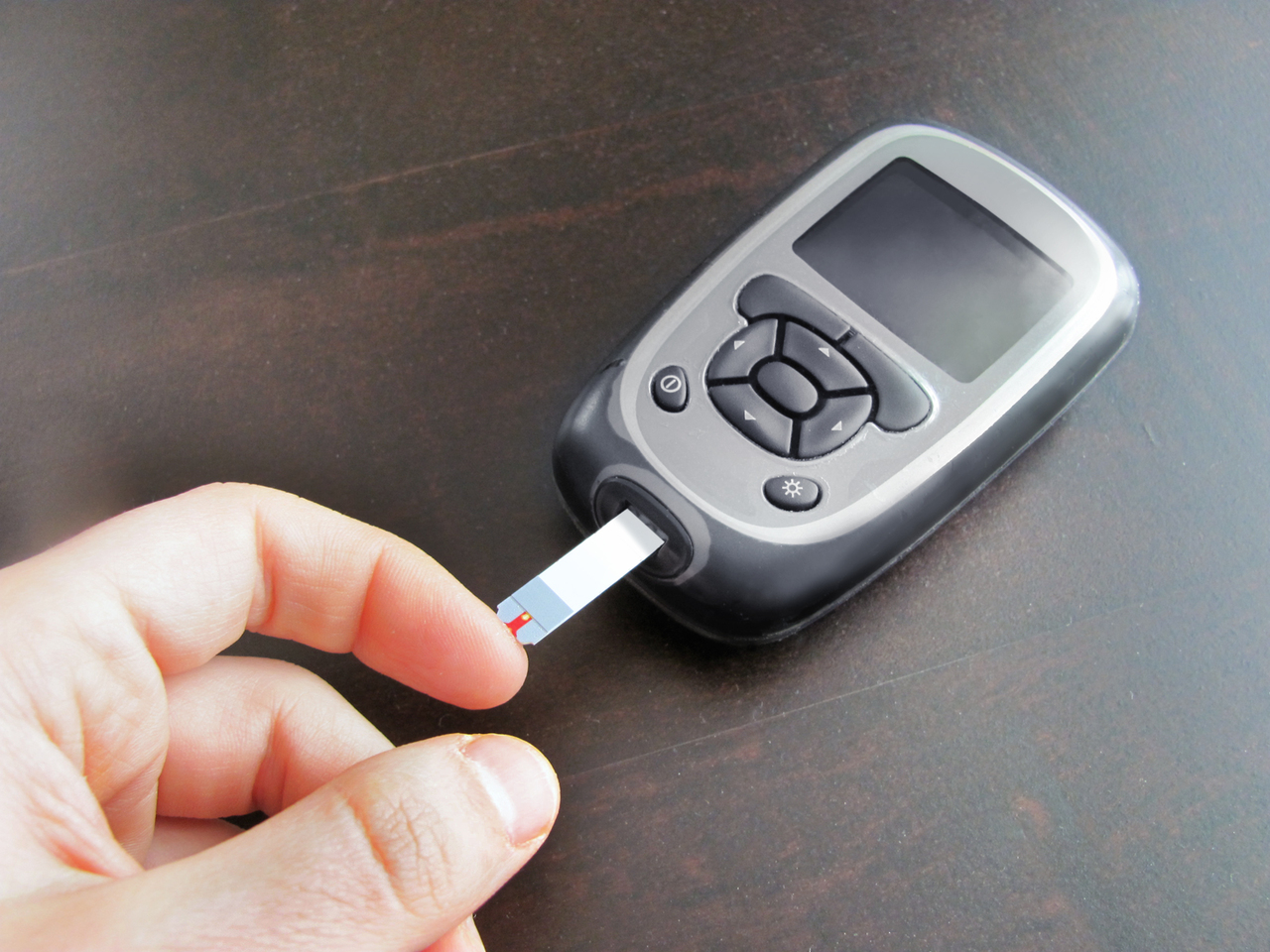Tens of thousands of Germans suffer from diabetes and regularly inject insulin. One of them is Kevin Röhl. He has developed the lamp Lumind, which looks like an Amazon speaker and displays the blood glucose value in color. The device is small, unobtrusive and more reminiscent of the lifestyle than the hospital. That should make the disease socially acceptable.
The 27-year-old Röhl is a studied media designer and founded Lumind together with Henrik Dransfeld a year ago in Berlin. An invention that reads the data from a blood glucose meter. The startup has recently been working with the pharmaceutical company Roche. In addition to the light, a smartphone app is needed, it allows light and meter to communicate with each other. For the idea, Lumind received prizes and awards, including the Exist Founder Grant.
The birth of an idea and what stigma looks like
“It started with the fact that Kevin felt uncomfortable as a teenager with this illness. She is strongly stigmatized. This is a huge topic, especially at school. That’s why I did not spray or hide.” says Kevin.
“When I came to class too late, comments came: “Ah, the diabetic is too late.” Pupils wagged candy in front of me. Even after school, I was approached by roommates on the needles. Partially they were disgusted by it. In public, people wonder if I’m taking drugs when injecting insulin, in a train or at a festival. It took a long time to accept that.” he added.
How does the light gadget help deal with it? What about financing?
“It is above all the modern design. Today’s CGM systems for blood glucose monitoring look like an old Gameboy and the alarm sounds like a ringtone from the 90s. This does not correspond to the lifestyle that we are used to from Apple today.” says Kevin.
“We finance the startup through an app agency that I started with a former school friend when we were 18 years old. In addition, we are financially supported by the pharmaceutical company Roche in the market research.” he added.
Could you not go directly through the health insurance companies?
“That would work, but then we would have to prove that our product has a positive effect on the long-term values. That has to be proven with studies. This is a very lengthy process, nothing for the next two or three years. You’re targeting multiple audiences, most have Type 2 diabetes. You need insulin therapy but are older as well. Is it difficult to get these people for the product?” says Kevin.

